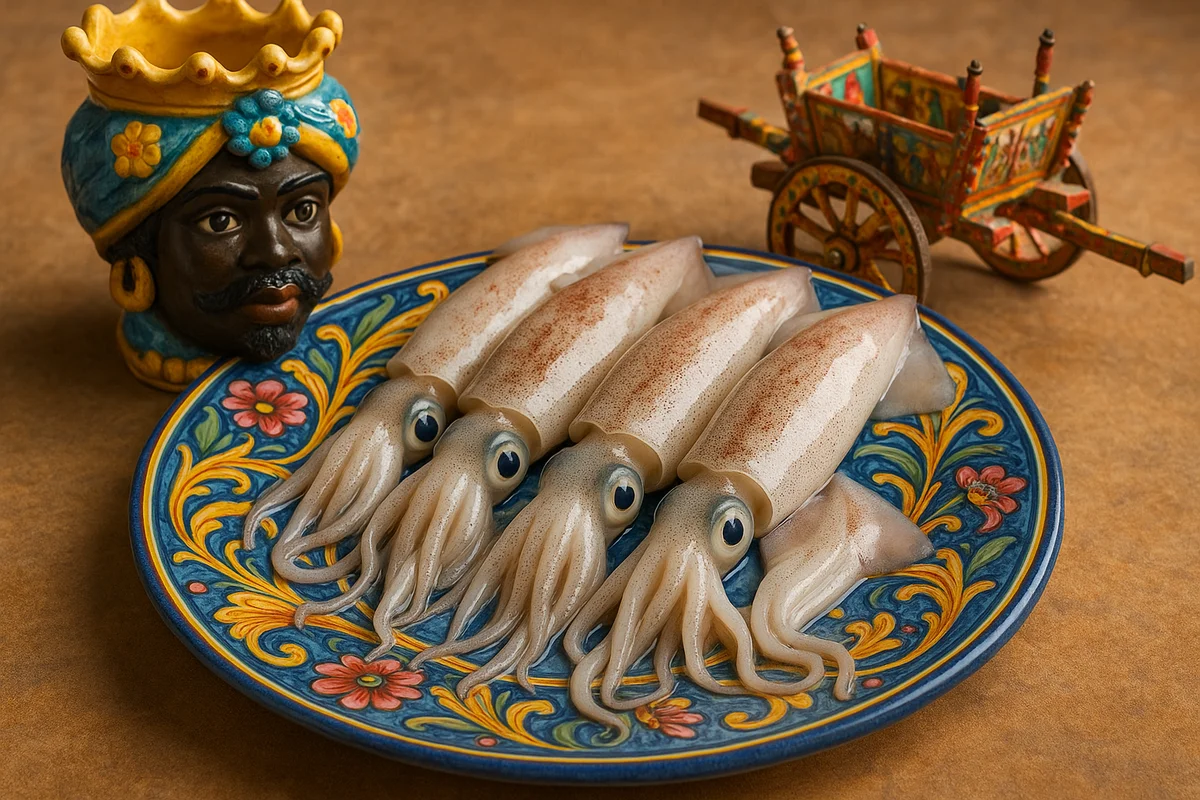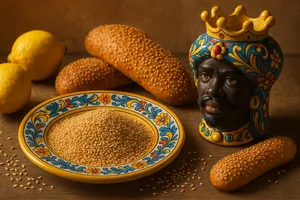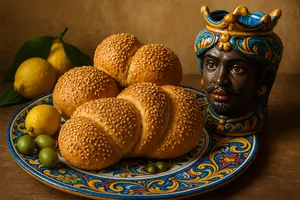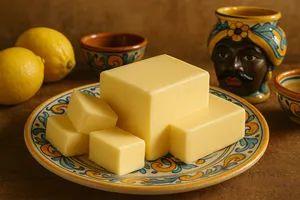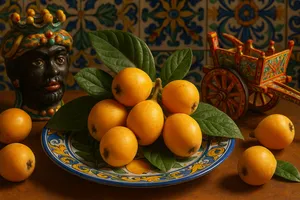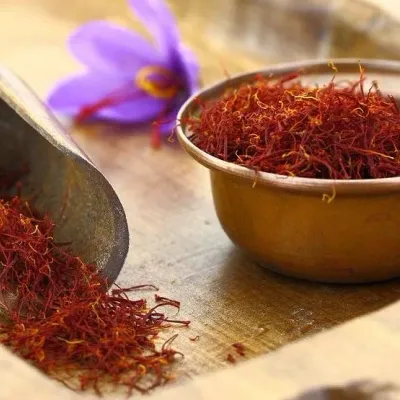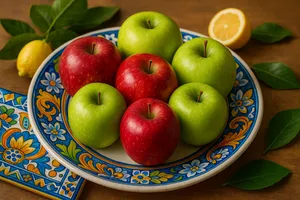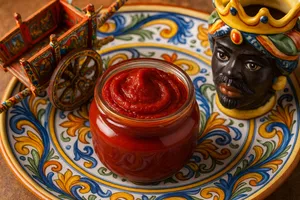Overview
Squid, known in Sicilian as “calamari” or “càvuci” depending on the area and size, are cephalopod molluscs that abound in the seas around Sicily and are among the most versatile and cherished ingredients of the island’s cuisine. With their distinctive elongated bodies and tentacles, squid offer white, tender flesh with a delicate flavour that lends itself to countless preparations, from frying and grilling to pasta sauces and stuffed dishes.
In Sicilian gastronomic tradition, squid have always held a prominent place, both in the humble cooking of fishermen, who prepared them simply as soon as they were caught, and in the more elaborate dishes of bourgeois cuisine. Their abundance in Sicilian waters and their ease of preservation made them a staple food for coastal communities, giving rise to recipes passed down through generations.
Characteristics
Squid have an elongated body called the mantle, cylindrical in shape and white-pink with brown-violet mottling. The mantle is smooth and glossy, featuring two triangular fins positioned at the rear. From the front emerge eight short tentacles and two longer ones equipped with suckers.
Squid vary greatly in size: from the tiny specimens just a few centimetres long-tender and sweet, ideal for frying-to medium-sized squid (15–25 cm) suitable for all preparations, and the larger examples, which can reach 40–50 cm, best used for stuffing and slow cooking.
The flesh of fresh squid is firm and elastic, with a translucent white colour. Its flavour is delicate and slightly sweet, with subtle marine notes that are never overpowering. Quality depends greatly on freshness: recently caught squid have perfect texture, while less fresh ones tend to become rubbery during cooking.
Seasonality
In Sicily, squid are available all year round, but the best times are spring (March to June) and autumn (September to November), when they are more abundant and of higher quality. During these months, squid are in the height of their reproductive season and display firmer, more flavourful flesh.
The smallest, most tender squid are found chiefly in spring, while larger specimens are more common in autumn. Although available in summer, they tend to be less abundant and slightly more expensive.
Varieties
The seas around Sicily host two main species of squid.
Common squid (Loligo vulgaris)
This is the most widespread and prized species, with an elongated mantle and fins covering about one-third of the body length. Its flesh is tender and delicate, perfect for all preparations. It is the quintessential squid of Sicilian cuisine.
European flying squid (Todarodes sagittatus)
Often confused with common squid, it has smaller triangular fins located at the tip of the mantle. Its flesh is slightly firmer and less delicate than that of the common squid, yet it remains highly appreciated in traditional Sicilian cooking, especially for stuffing and stews.
Culinary use
In Sicilian cuisine, squid feature in an impressive variety of preparations.
Fried squid
Frying is perhaps the most classic way to prepare squid in Sicily. Cut into rings, floured and fried in hot oil, they become crisp on the outside and tender within. They are a staple of street food and seafood starters.
Stuffed squid
Medium-large squid are emptied and filled with a mixture of breadcrumbs, chopped tentacles, garlic, parsley, pine nuts, raisins and sometimes tomato. They are then cooked in a stew or baked, resulting in a rich and flavourful dish.
Grilled squid
A simple and delicious preparation, squid are cleaned, left whole or cut open, seasoned with oil, garlic and parsley, and grilled. The intense heat imparts a faint smokiness while keeping the flesh tender.
Pasta with squid
Squid cut into rings or strips are used in numerous pasta sauces: from simple garlic, oil and cherry tomatoes to more elaborate mixtures with olives, capers and aubergines. Squid ink is used to make black pasta.
Seafood salad
Boiled squid cut into rings are a key component of Sicilian seafood salad, alongside octopus, cuttlefish, prawns and other shellfish, dressed with oil, lemon, garlic and parsley.
Stewed squid
Slow-cooked in a tomato sauce with garlic, parsley, white wine and sometimes peas, they become extremely tender and flavourful. This is a typical preparation of Sicilian home cooking.
Cleaning squid
Cleaning squid requires some care but is not difficult. Hold the mantle with one hand and gently pull the head and tentacles with the other; the internal organs will come away with them. Remove the transparent cartilaginous quill found inside the mantle.
Detach the head from the tentacles by cutting just below the eyes, keeping the tentacles and discarding the head and innards. Remove the eyes and the hard beak located at the centre of the tentacles by pressing gently. Peel off the thin outer skin of the mantle under running water.
The mantle may be left whole for stuffing, cut into rings for frying, or opened and sliced into strips for other preparations. Tentacles are left whole if small, otherwise cut into pieces.
Cooking
Cooking squid follows one essential rule: either very brief (a few minutes) or very long (at least 40–50 minutes). Intermediate cooking times make the flesh tough and rubbery.
For frying, 2–3 minutes in very hot oil suffice. For grilling, cook 2–3 minutes per side over high heat. For boiling, 2–3 minutes in salted boiling water are enough for small squid, and 3–4 minutes for medium-sized ones.
For long stews, squid must cook for at least 40–50 minutes over low heat until tender. During this time, the fibres relax and the flesh attains perfect texture.
Storage
Fresh squid should be consumed as soon as possible, ideally within 24 hours of purchase. Store them in the coldest part of the refrigerator, covered with cling film or in a sealed container. They should be cleaned and dried before storing.
Squid freeze very well. They must be cleaned, washed and thoroughly dried, then frozen in well-sealed food bags. They keep for 3–4 months. They may be cooked directly from frozen without thawing, extending the cooking time slightly.
Cooked squid keep in the refrigerator for 1–2 days in a sealed container and can be used for salads or reheated briefly in a pan.
Buying tips
Fresh squid should have a glossy, bright appearance, with intact skin and clearly visible mottling. The eyes should be clear and prominent, never dull or sunken. The flesh should be firm and elastic, springing back when pressed.
The smell should be fresh and marine, never ammoniacal or unpleasant. Small and medium-sized squid are generally more tender than very large specimens. It is preferable to buy whole squid rather than pre-cleaned ones, as this allows you to better assess their freshness.
Frozen squid are a valid alternative, provided the cold chain has been respected. The packaging should be intact, without excessive ice crystals indicating thawing and refreezing.
Nutritional properties
Squid are highly nutritious and relatively low in calories: 100 grams of fresh squid provide about 70–80 calories. They are an excellent source of high-quality protein (around 16 grams per 100 grams) and contain very little fat (around 1–2 grams per 100 grams).
They are rich in minerals, particularly selenium, phosphorus, zinc, copper and iodine, all important for various bodily functions. They also contain good amounts of B-group vitamins, especially B12, and vitamin E with antioxidant properties.
Squid are a source of omega-3 fatty acids, beneficial for cardiovascular health. They are easily digestible if cooked properly, although they contain relatively high levels of cholesterol and should be consumed in moderation by those with cholesterol issues.
Curiosities
In Sicilian seafaring tradition, squid were caught at night using special lamps that drew them to the surface. This technique, called “pesca a feu” (fishing with fire), is still practised in some coastal areas and creates a striking sight with illuminated boats dotting the nocturnal sea.
An old Sicilian saying goes: “Càvuci e siccia, sempri 'ncapu a vrazza” (Squid and cuttlefish, always on the grill), underscoring how grilling was the preferred method for fishermen to enjoy these freshly caught molluscs.
In many Sicilian coastal towns, squid tentacles were once considered the most prized part and reserved for the head of the household or honoured guests. This custom reflected the importance attributed to the mollusc’s most flavourful morsels.
The squid’s ink, contained in a small silvery pouch inside the animal, has been used since antiquity not only in cooking but also as a natural ink. In Sicily it was used for writing or drawing, and even today some artisans employ it to prepare traditional natural inks.

